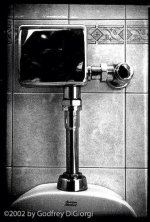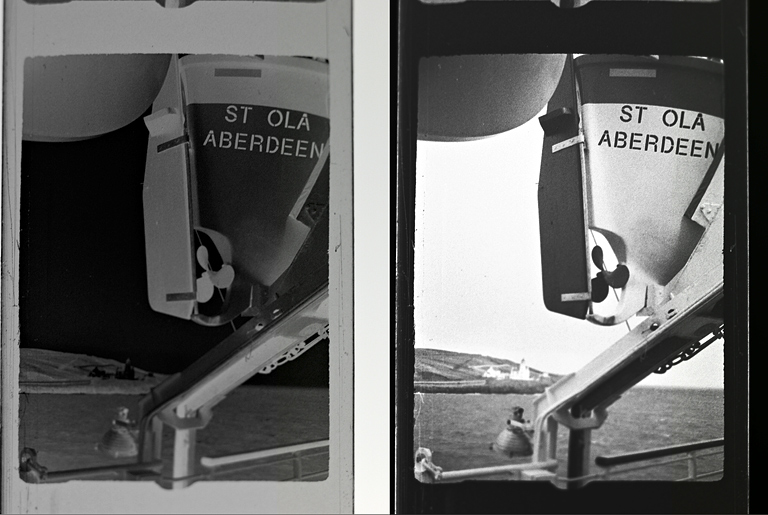Um, make photos with them? What else do you do with a camera?
The plural of Minox is "Minoxen" according to my German friend. But of course, he might be pulling my leg... 🙂
Seriously, since I have/had all three:
- The Tessina is a beautiful little example of the watchmaker's art but is a bit of a pain to shoot with. Hard to focus with the reflex viewfinder, best used with scale focus, and the film transport is fragile. You can reload it's miniature film cassette with standard 35mm film.
One of my Tessina photos from 2002 is attached.
- The Minolta 16 works well, if you can get cassettes that work (and the Kiev copy cassettes often don't). Minolta shot themselves in the foot with their processing tank design which required that you break the cassette bridge to load the film into the daylight loading tank ... that's why there are so few original cassettes around. The negative is large enough to handle easily, and if you get a good cassette or two, the cassettes can be reloaded in a moment for pennies per load. The major downside of the Minolta 16 is that it has only a fixed focus lens, so there are some limitations on how good an image it will make outside of a relatively narrow range.
- The Minox 8x11 cameras are the best made and the best worked out as a system of all the subminiature cameras. They have an outstanding, super high quality lens. The OEM film is still available, albeit high priced. Cassettes are fairly plentiful and, with a decent slitter, can be reloaded for pennies a roll. The daylight loading tank works beautifully, and they're available for sale at pretty reasonable prices. The negative is teensy but, as you can see, can make amazingly good photographs, with precision focusing from 8 inches to infinity.
So take one of them out and make some photos with it!
G


















